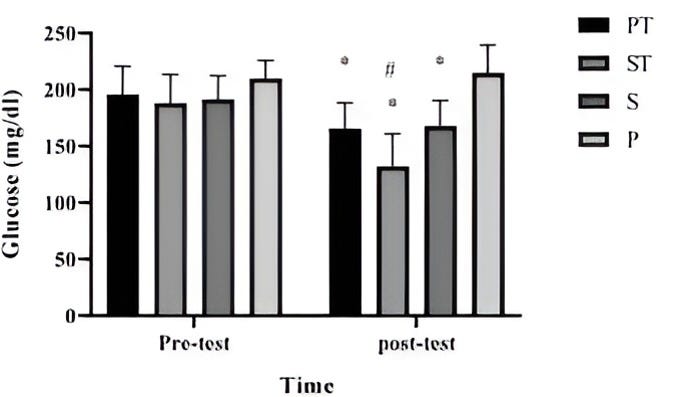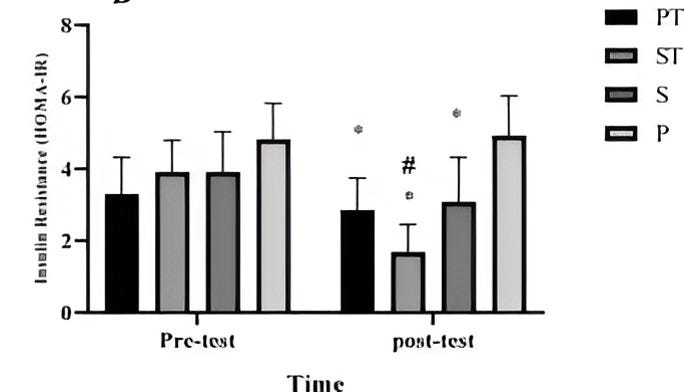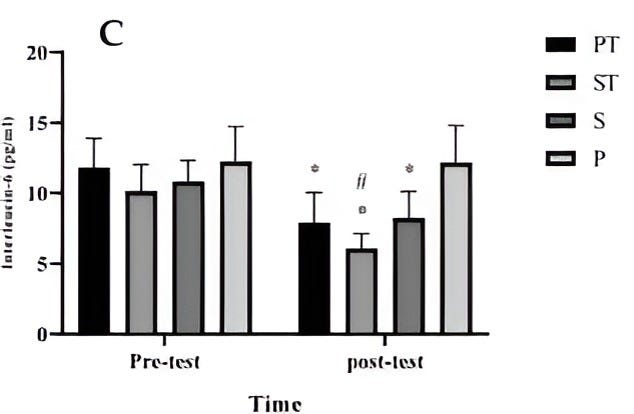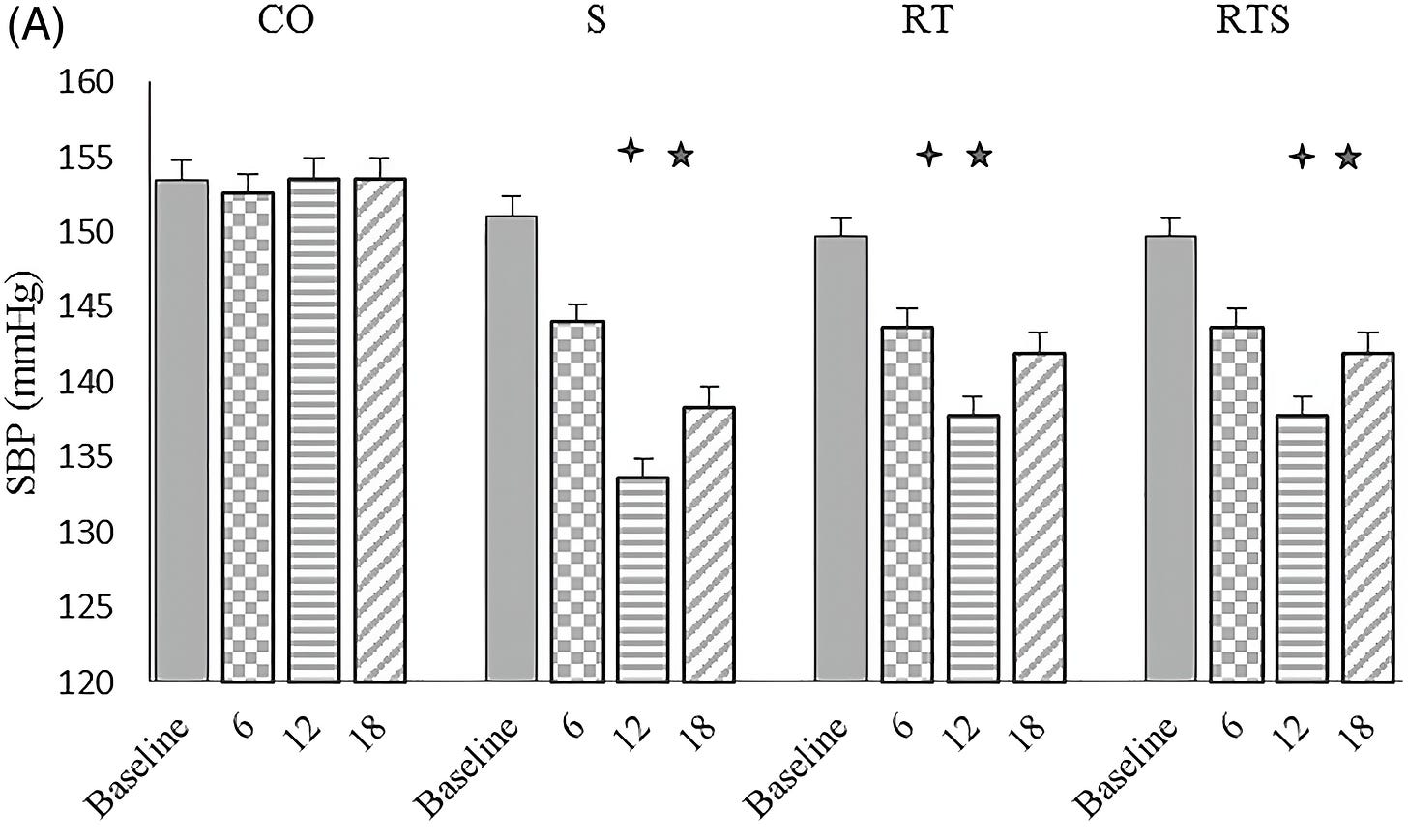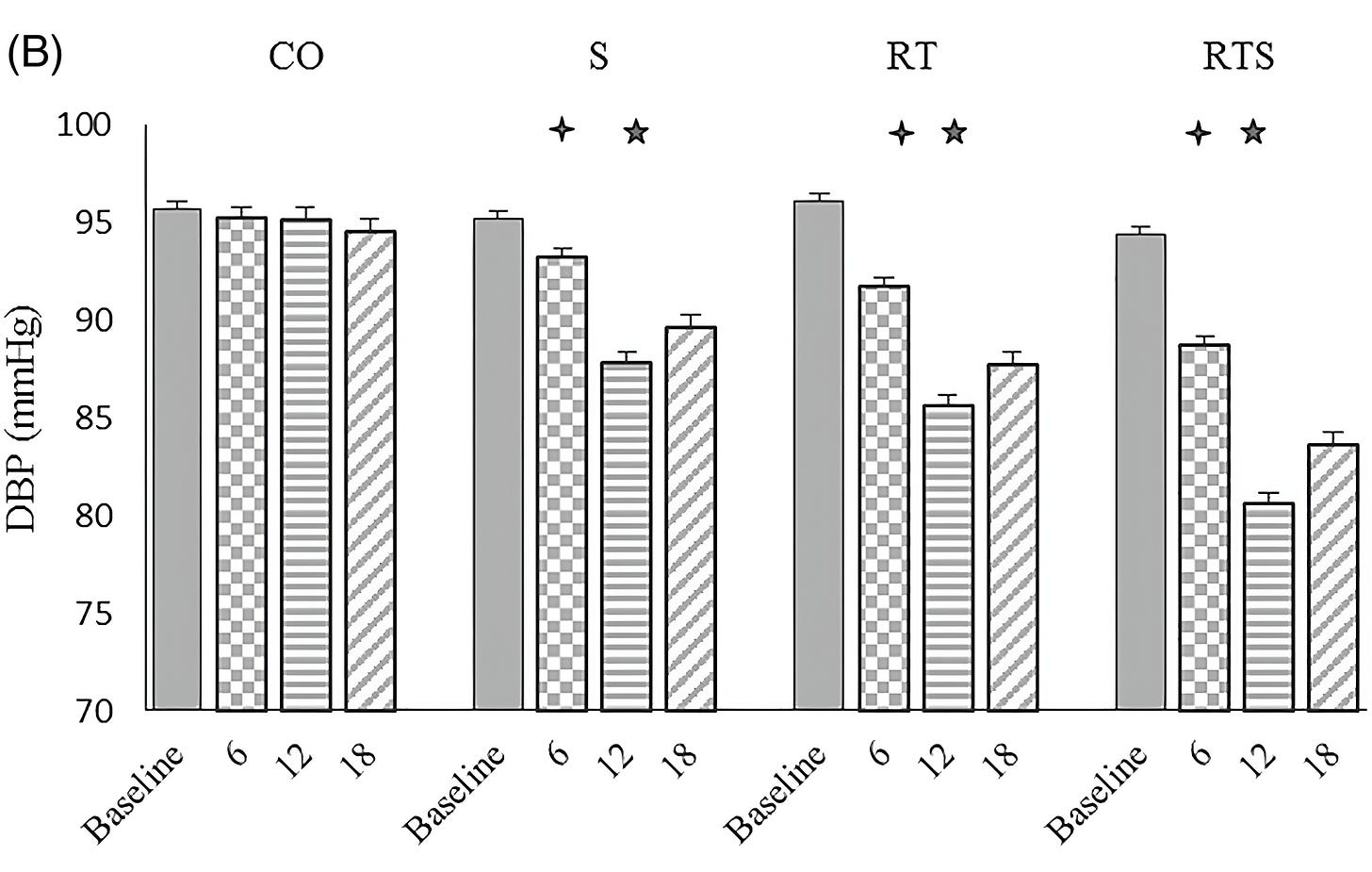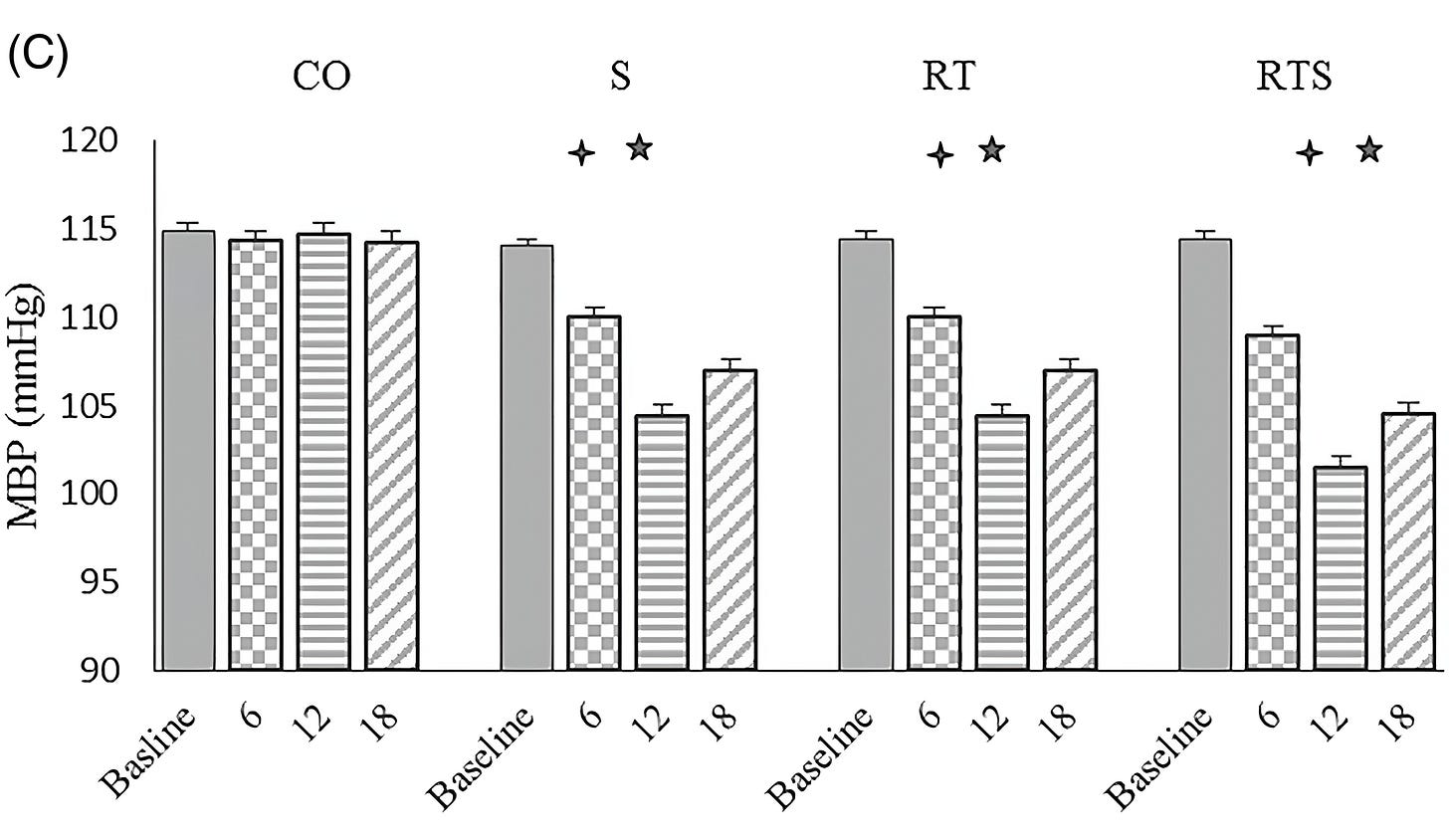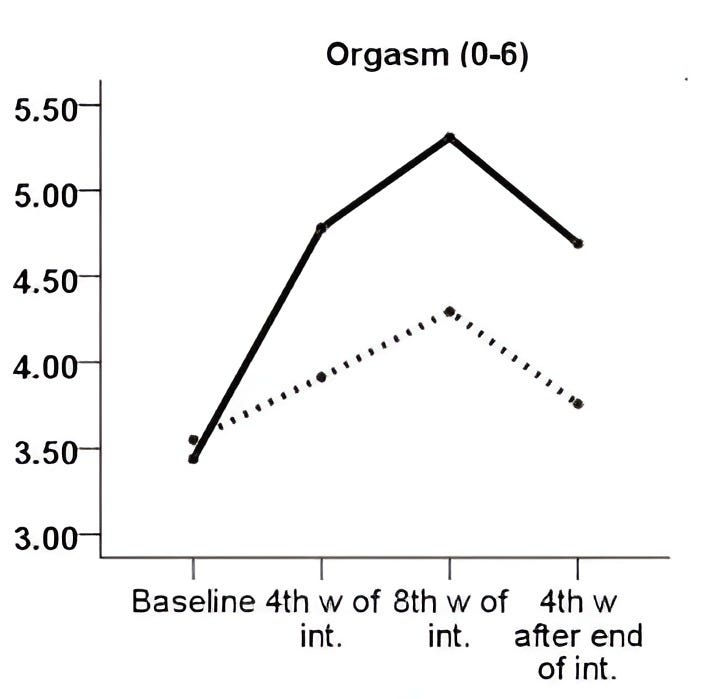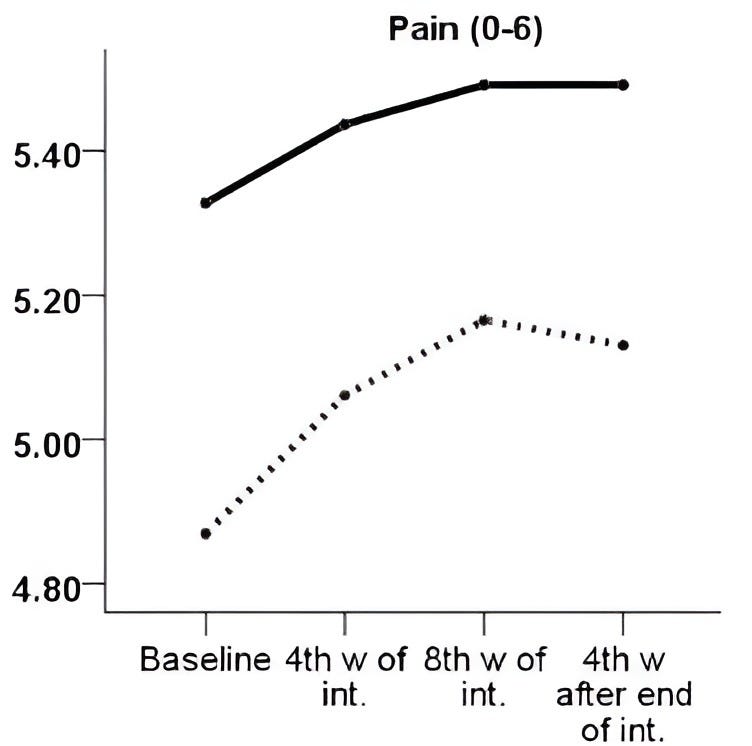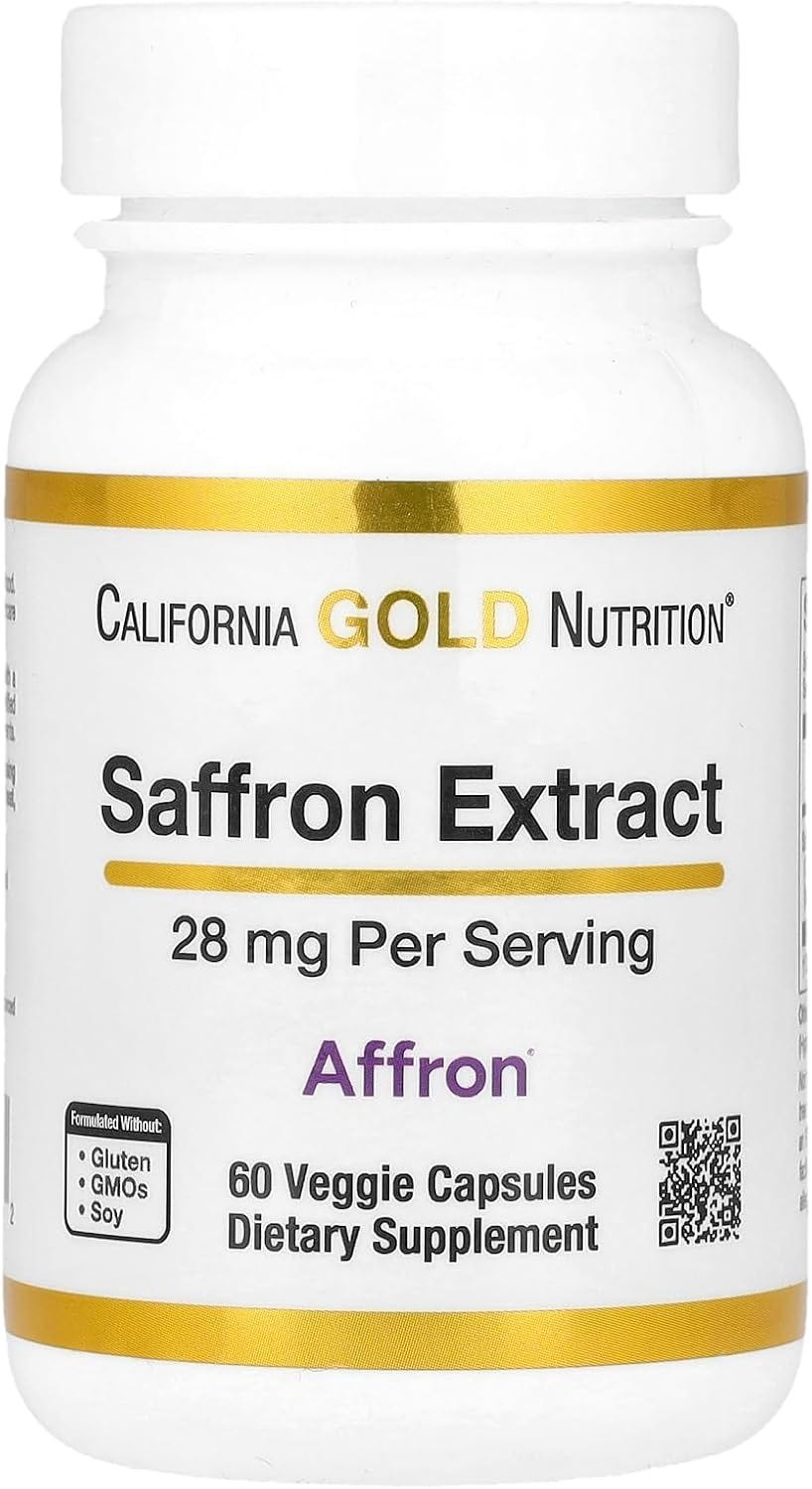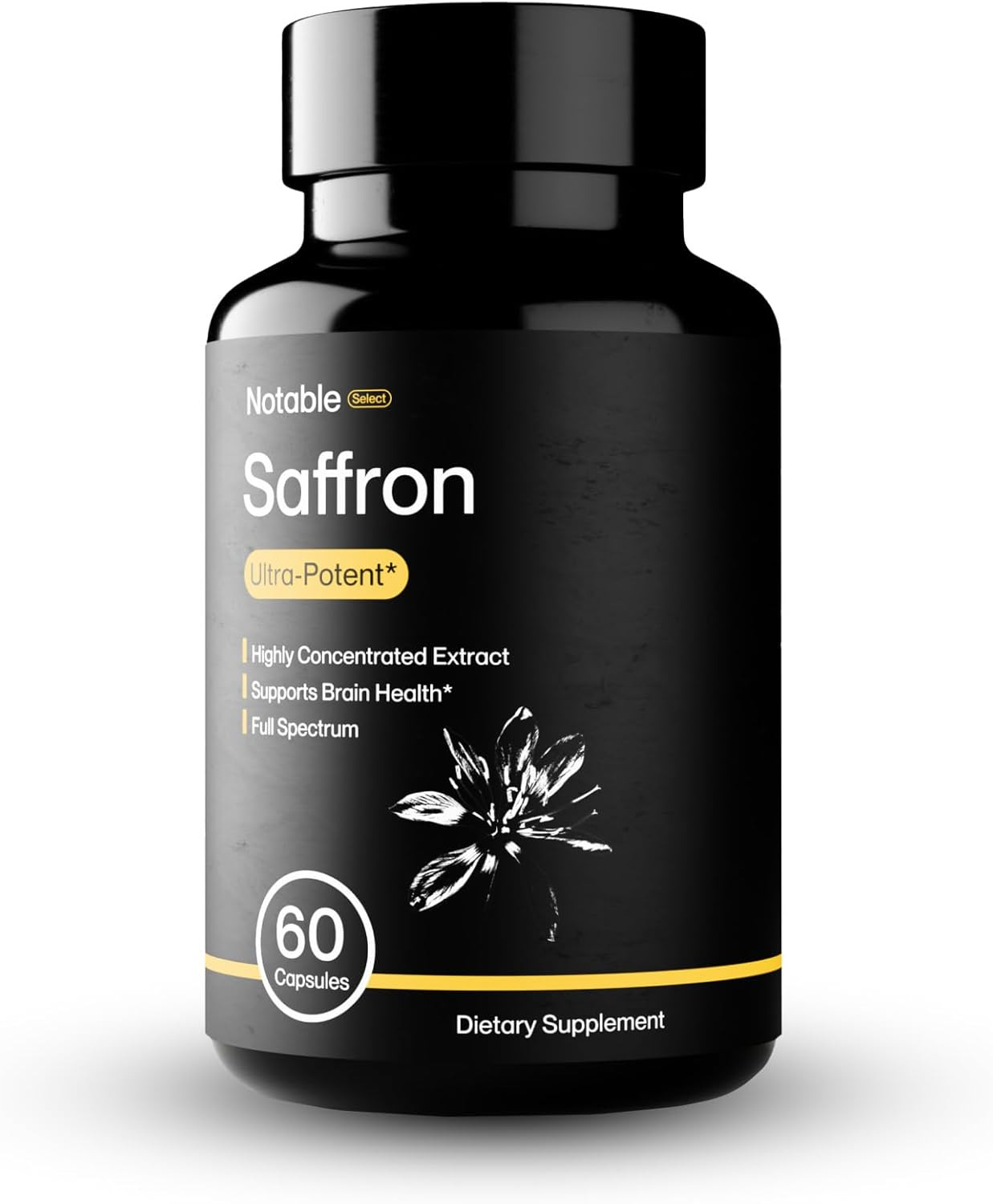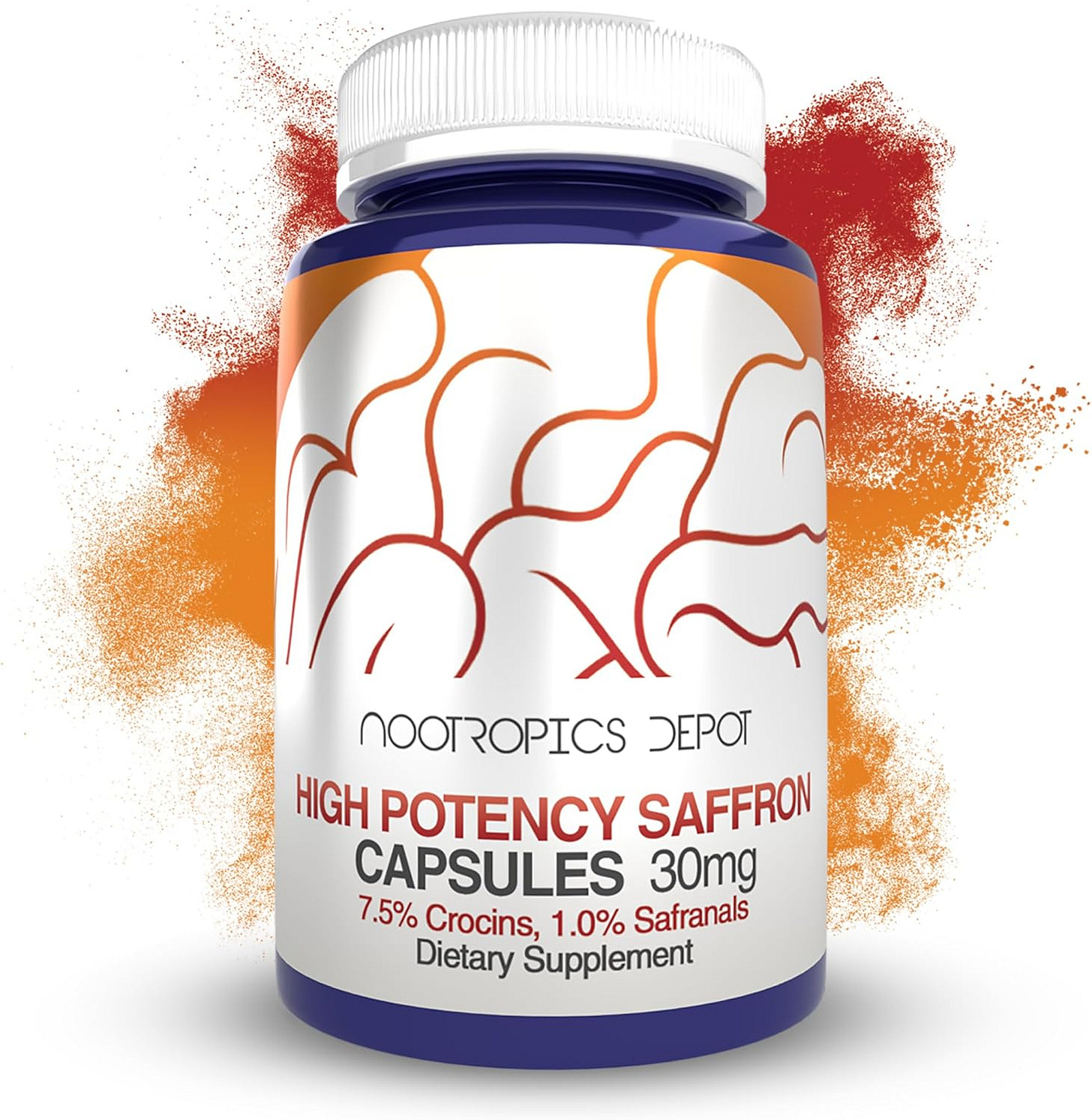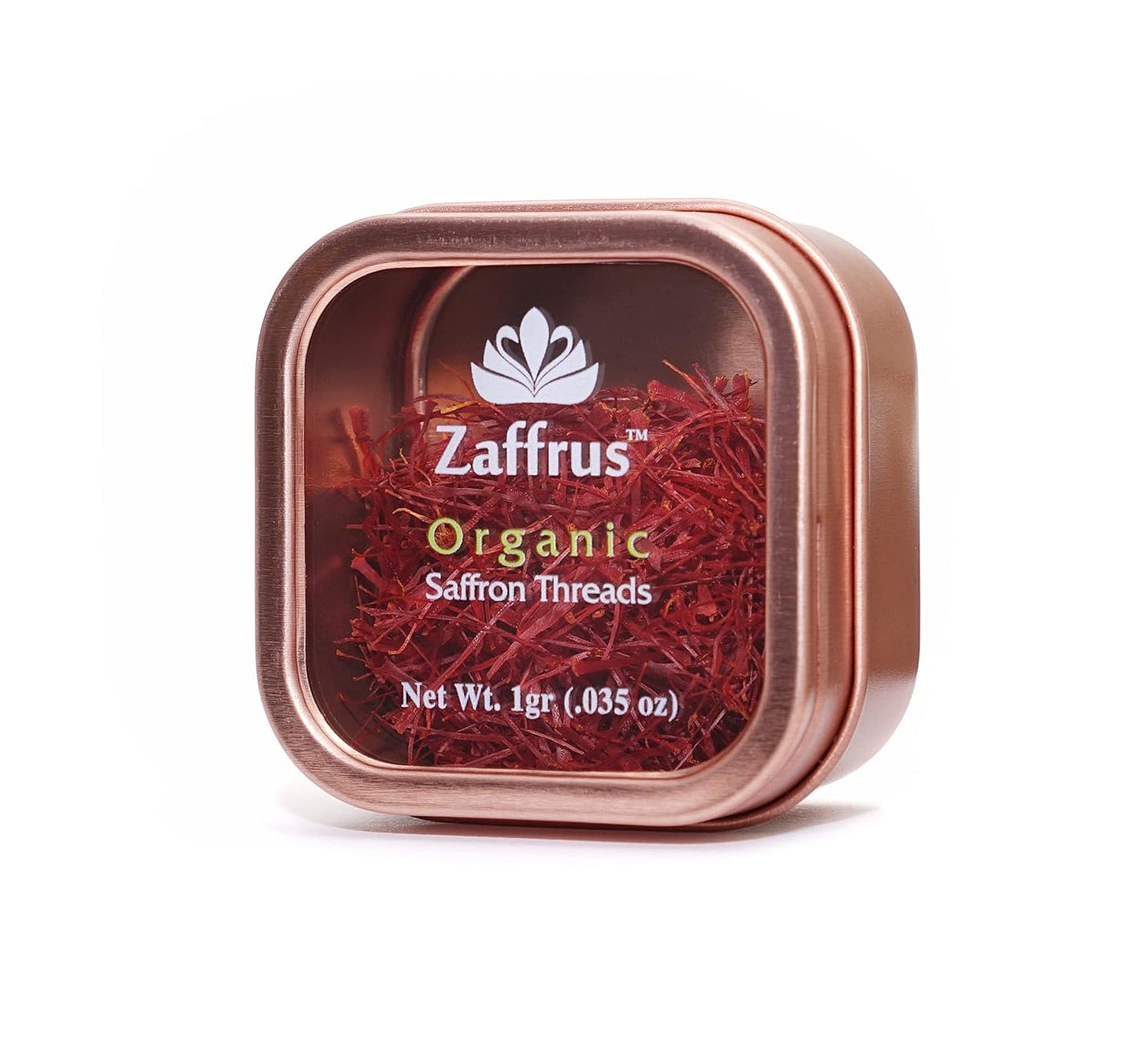Supplement Spotlight Series #1: Saffron
Nature's Red Gold
This week we’re kicking off the first installment of the Phys Supplement Spotlight Series where each article highlights a supplement I’ve found personal success with & possesses a robust level of human evidence supporting its benefits.
Starting off with one you’re going to be hearing more in the next 1-2 years: saffron.
What’s covered:
History
What is saffron?
How it works
Benefits (as seen through the latest research)
Brands I trust
How to test the saffron quality
History
Saffron is a powerhouse spice known for its rich history spanning more than 3,000 years. Used in ancient Greek, Roman, & Persian civilizations as a culinary ingredient, dye, perfume, & medicine, it’s one of the more underrated compounds today with compelling utility across a wide range of use cases.
In Greek mythology, the god Hermes used saffron to cure himself of his own ailments, while Aphrodite was said to have used it in her baths to improve upon her beauty. Ancient Persian cultures regarded saffron as a symbol of prosperity & elegance used by the ruling class for dyes, food flavoring, perfumes, & sacred medicine.

Today, saffron is one of the world’s most expensive spice due its physical fragility and the intense manual labor process it must be treated with throughout its life cycle. It originates from only a handful of countries around the globe: Iran (accounts for ~90% of global production), Morocco, Greece, India, & Afghanistan. We’ll talk more on reputable sources & some ways to ensure you are purchasing high quality saffron in a bit.
What is saffron?
Derived from the dried stigmas of the Crocus sativus flower (red threads of the flower pictured below), saffron gets its unique properties from its complex phytochemical composition.

These phytochemicals serve as the primary compounds providing it its 1) color, 2) smell, & 3) taste:
Crocin → Primary carotenoid pigment giving saffron its vibrant red color, dyeing capabilities, & antioxidant potential
Safranal → Compound responsible for saffron’s distinctly fresh, spicy aroma also possessing antioxidant properties and widely studied for its potential therapeutic impacts
Picrocrocin → Precursor compound of safranal providing saffron its bitter taste
Altogether, saffron consists of more than 150 volatile, aroma-yielding compounds. All of which contribute to its unique health benefits proven in a number of human randomized controlled trials.
Mechanisms of Action
If you’re less interested in how saffron functions, skip down to the next section - “Health Benefits”. But I’ll keep this section to a cursory overview of the main mechanisms regarding how saffron acts on the body.
Cellular Protection
Inflammatory pathway modulation → Reduces pro-inflammatory cytokines (TNF-α, IL-6, & IL-1β) and inhibits oxidized lipid formation
Free radical neutralization → Upregulates endogenous antioxidant enzyme activity increasing glutathione levels
Hormonal & Mood Regulation
Anti-anxiety → Agonistic action on the benzodiazepine binding site at GABA receptors
HPA axis modulation → Decreases the corticosterone response to chronic restraint stress
Neuroprotection
Neurotrophic factor enhancement → Increases cyclic adenosine monophosphate (cAMP) response element binding protein (CREB), brain-derived neurotrophic factor (BDNF) & vascular growth factor (VGF) levels in hippocampus
Blood-brain barrier strengthening → Slows down amyloid-beta buildup & enhances tightness of blood-brain barrier
Neurotransmitter Modulation
Serotonergic signaling → Inhibits the reuptake of serotonin in synapses via antagonistic action at the 5-HT2c receptor site
Dopaminergic elevation → Increases secretion of dopamine
Health Benefits
Now to why you’re reading this in the first place: to optimize your health & extract medicinal benefits. Good news for us is there’s a reason saffron has long been referred to as “red gold”.
Metabolic Health
Blood Glucose Control
A 12-week intervention published in July 2024 combining aerobic exercise & saffron supplementation (200 mg daily) significantly improved insulin resistance & inflammatory markers in obese women with Type 2 Diabetes. While both aerobic exercise & saffron independently improved these health markers, the combination yielded the most pronounced benefits.
The following groups are represented below: saffron + training (ST), placebo + training (PT), saffron supplement (SS), & placebo (P).
Blood Pressure
A 12-week randomized controlled trial found resistance training paired with saffron supplementation (200 mg daily) was most effective in reducing systolic, diastolic, & mean blood pressure in elderly men with hypertension.
The following groups are represented below: control group (CO), resistance training (RT), saffron (S), & resistance training + saffron (RTS).
Sexual Health
This 8-week intervention showed that 15 mg of saffron with 50 mg vitamin E (black line) significantly improved sexual function more than vitamin E alone (dotted line) via libido, arousal, orgasm, & satisfaction measurements in reproductive aged women with sexual dysfunction.
Mental Health
ADHD
A clinical trial found that 30 mg saffron extract administered daily is as effective as Ritalin in treating ADHD in children & adolescents. Saffron also showed greater effectiveness for hyperactivity symptoms.
Depression
In a meta-analysis across 12 studies, saffron was “as effective as synthetic antidepressants” like Celexa & Prozac and had greater efficacy than the placebo group.
One recent 6-week RCT published in late February 2025 showed saffron supplementation having beneficial effects on depressive & anxious symptoms via a series of unique depression questionnaires.
The following groups are represented below: scutellaria extract alone (SCUTELL’UP®), saffron extract alone (SAFFR’ACTIV®), a combination of scutellaria and saffron extracts (SAFFR’UP®).
Post-Menopause Happiness
In a 6-week randomized controlled trial, consumption of saffron herbal tea (30 mg in 300 mL water) significantly increased happiness scores & reduced depression in postmenopausal women relative to a placebo group.
Chronic Inflammation
In a randomized, double-blinded clinical trial involving 50 multiple sclerosis patients, saffron administered at 30 mg daily for 8 weeks significantly reduced inflammation as indicated by lowered hs-CRP levels in patients with multiple sclerosis (MS).
Alzheimer’s Disease
Across a group of 54 adults aged 55+ in a robust randomized, double-blinded clinical trial, 30 mg daily saffron demonstrated similar effects to donepezil (a medication commonly used for memory loss & dementia symptoms) in the treatment of mild-to-moderate Alzheimer's disease following a 22-week period.
Saffron extract also showed fewer negative side effects - particularly vomiting.
Sleep Quality
A 28-day randomized controlled trial involving 120 adults with poor sleep showed saffron supplementation (14 mg or 28 mg) significantly improved sleep quality & mood compared to placebo.
The intent of the research presented is to focus exclusively on the most robust bodies of evidence we have today - human RCTs. With a more expansive search, you’ll notice many other chronic issues saffron might address. However these are seen in vitro, in vivo, or animal studies. Some other potential use cases include the following:
Reputable Sources
Saffron holds such tremendous value in the spice industry. Therefore, the market is the prime environment for fraudsters to swindle customers.
Here are a few easy ways to navigate the market diligently:
Look for certified producers sourcing high-quality saffron from:
Iran
Spain (specifically look for the La Mancha region)
India (Kashmir)
Greece
Specialized local spice retailers
If you know of a high-quality spice shop or gourmet food store in your area that’s built a sound reputation - another great option.
Direct from producer
Though it's rare unless you’re living in one of the countries mentioned above, you can source your saffron directly from farmers in your local region
Reputable, high standard sellers
If purchasing online, always check for certificates of analysis & proof of meeting ISO 3632 criteria
Based on the above criteria, 3rd party testing, & user feedback, some of my favorite supplement brands for saffron:
**California Gold Nutrition Saffron** (Phys Overall Quality Pick)
Cost = $26.66
Cost = $28.95
Nootropics Depot High Potency Saffron
Cost = $26.99
Zaffrus Organic Saffron Threads (1 g)
Cost = $12.99
Testing Your Saffron
Once you receive saffron for the first time, here are some tests & methods you can run to verify its purity & potency:
Color Test
Vivid crimson red with orange tips
Aroma Test
Distinct blend of sweet & earthy aroma
Potent & long-lasting scent
Texture Test
Dry & brittle
Taste Test
Subtle, complex flavor
Sweet, earthy, & slight bitterness to it
Water Test
When placed in warm water, pure saffron will slowly release its color, turning the water golden. If it immediately releases a bright yellow color, you’ve got trash.
Price
Growing & harvesting saffron is an incredibly labor-intensive process so if the price seems too good to be true…you’re getting hosed.
3rd Party Testing
High quality suppliers should provide test results of independent labs proving potency & purity of their product
My Favorite Saffron Recipes
While it’s common & convenient to supplement saffron as in capsule form, its culinary use case is something worth exploring & will elevate your cooking game. Here are some of my favorite recipes using the saffron spice (without all the annoying recipe site ads spamming you).
Saffron Rice
Ingredients:
1 cup Basmati rice
2 tbsp EVOO
2 cups water (or bone broth)
3 - 4 saffron threads
2 garlic cloves
1 lime
1 white onion
Instructions:
Prep saffron
Grind a small pinch in a mortar and pestle until it becomes a powder.
Add the ground saffron to a small bowl with 2 tablespoons of boiling water. Let it steep for about 10 minutes to release its color and flavor.
Rinse rice
Rinse basmati rice under running water until the water runs clear. This removes excess starch, microplastics, and other forever chemicals.
Sauté onion
In a medium-sized pot, heat the EVOO over low heat. Add the diced onion + sauté for ~5 minutes until it becomes translucent.
Toast rice
Add the rinsed rice to the pot with the sautéed onions. Toast the rice for ~1 minute.
Combine ingredients
Pour in the 1 ½ cups of water (or bone broth), add the saffron infusion along with its liquid, and stir in the salt. Bring the mixture to a boil over medium-high heat.
Simmer
Once boiling, reduce heat to low and cover the pot with a lid. Let it simmer for about 15-20 minutes, or until the rice is tender and all liquid is absorbed. Check at the 15-minute mark; if the rice is still hard, add 1-2 tablespoons of water/broth and cook for another 5 minutes.
Rest + fluff
After cooking, turn off the heat but keep the lid on for another 5 minutes to allow the rice to steam. Finally, remove the lid and gently fluff the rice with a fork.
Simple Saffron Chicken
Ingredients:
4 lbs chicken thighs/breasts
4 - 5 saffron threads
1 cup plain Greek yogurt
2 minced cloves garlic
1 teaspoon sea salt
1 teaspoon black pepper
1 teaspoon paprika
½ cup lemon juice
½ cup lime juice
3 tablespoon EVOO
Instructions:
Prep saffron
Grind a small pinch in a mortar and pestle until it becomes a powder.
Add the ground saffron to a small bowl with 2 tablespoons of boiling water. Let it steep for about 10 minutes to release its color and flavor.
Marinate chicken
In a large bowl, mix together the yogurt, minced garlic, lemon juice, lime juice, sea salt, paprika, and black pepper. Add the bloomed saffron (including the water) and mix well.
Add the chicken pieces to the marinade ensuring they’re well coated. Cover and refrigerate overnight.
Cook chicken
Preheat your grill or oven to medium heat (350°F/180°C).
If grilling, remove excess marinade from the chicken and place it on the grill. Cook for about 15 minutes, turning occasionally until the internal temperature reaches 165°F/74°C.
If using an oven, place the marinated chicken on a baking sheet lined with parchment paper and bake for about 30 minutes, flipping halfway through.
Saffron Tea
Ingredients:
3 - 4 saffron threads
2 cups of water
1 stick of cinnamon
1 slice of fresh ginger
10 fresh mint leaves
Your choice of sweetener - some of my favorites = honey + glycine + monk fruit extract
Saffron Chia Pudding
Ingredients:
2 - 3 saffron threads
1 cup of milk
3 tablespoons chia seeds
2 tablespoons raw honey
½ teaspoon vanilla extract
1 serving Triple Zero Vanilla Oikos
Instructions:
Bloom saffron
In a small bowl, combine the saffron threads with about a couple tablespoons of warm milk. Let it sit for ~10 minutes to release its color and flavor.
Mix chia pudding
In a medium bowl, whisk together the chia seeds, remaining milk, honey, vanilla extract, and Greek yogurt.
Combine
Stir in the bloomed saffron mixture into the chia seed mixture.
Refrigerate overnight
Cover the bowl and refrigerate overnight
We’re more bullish than ever on the future here. As always, stay healthy & we’ll see you next week.
Your friend,
BTP
***Disclaimer: The information provided by BowTiedPhys is for educational purposes only. This content is not intended to be a substitute for professional medical advice, diagnosis, or treatment of any kind. BowTiedPhys is not a licensed medical provider. Prior to making any changes to your health protocols, consult a licensed healthcare professional. Some of the links in this post may be affiliate links - BowTiedPhys may earn a commission at no additional cost to you. This commission helps support our work and allows us to continue providing valuable content to our valued subscription members.***





